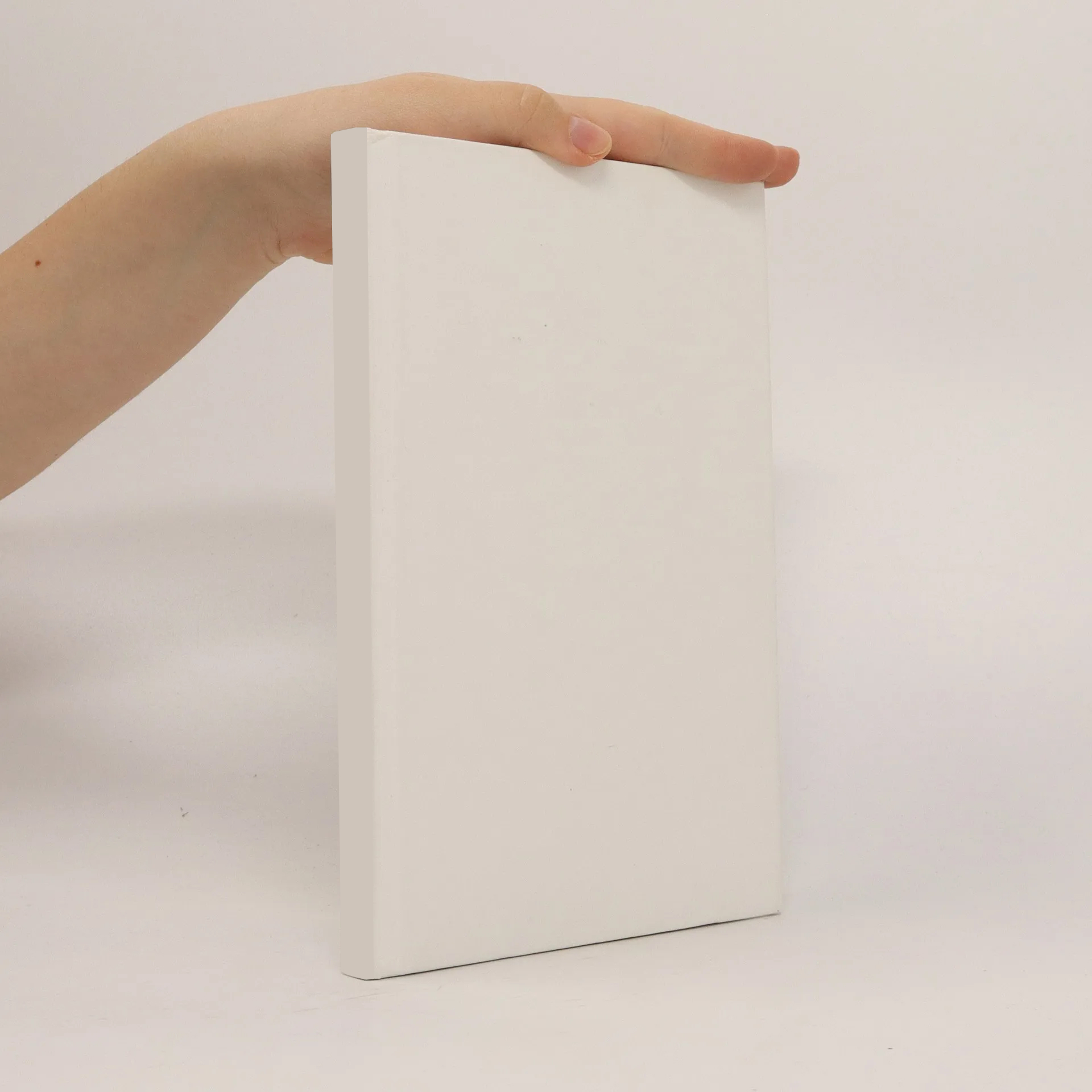Das Buch ist derzeit nicht auf Lager

Mehr zum Buch
Images of peasant workers may be found throughout European history. Persons active in agriculture were often depicted as the epitomes of steadfastness and conservatism, the antithesis to modern urban life – the object of both ridicule and mythical idealization. This volume unites the macro- with the microperspectives on both German and European agrarians from the Middle Ages up to the present day. The contributions consider the shifts and breaks in their role, discuss regional and gender-specific differentiations, and contrast self- and other-descriptions. The result is a chronicle that says much about both the objects of study and those doing the observing.
Buchkauf
Das Bild des Bauern, Daniela Münkel
- Sprache
- Erscheinungsdatum
- 2012
- product-detail.submit-box.info.binding
- (Hardcover)
Wir benachrichtigen dich per E-Mail.
Lieferung
- Gratis Versand in ganz Österreich
Zahlungsmethoden
Keiner hat bisher bewertet.